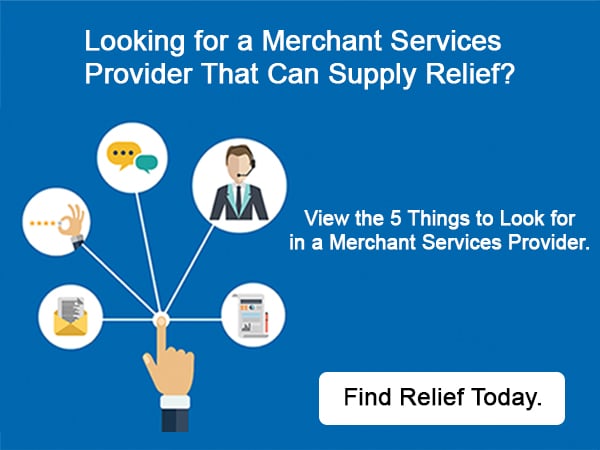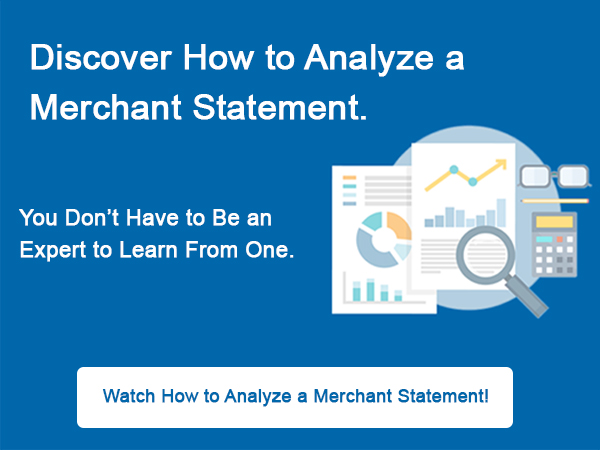
The ways in which people pay for products and services are changing. The actual payment is disappearing from view.
Termed “invisible payments,” consumers now purchase goods and services in an increasingly seamless way due to innovations across a variety of industries (e.g., ride sharing, food delivery and retail). By focusing on the customer experience instead of the payment, companies are changing the way people pay. They’re creating consistent, convenient experiences that have payments integrated within, and it all amounts to a more frictionless transaction for the consumer.
Defining Invisible Payments
A traditional transaction experience might have consisted of a consumer choosing a good or service, walking to the checkout and paying with a physical card or cash. Invisible payments make the last two steps of that transaction nearly – or completely – disappear in the modern consumer’s life.
With ridesharing companies, for instance, a customer enters a pickup address and destination into their mobile device. They get into a car; they get out of a car. The only indication that they just paid for something is through a digital receipt notification like an email.
In the ride sharing example, the payment was in the background of the overall customer experience. This is also happening with food delivery services and coffee purveyors, to name a few – all of which are moving payments to the background while the experience stands boldly in the foreground.
Customer Experience and Security
Consumers don’t necessarily want to think about how they’re going to pay for a good or service. More likely, they simply want to enjoy whatever it is they are buying. That speaks to experience.
Back to the ride sharing example: By setting up payment information in the rideshare app, consumers don’t need to deal with hailing a cab or worry about whether credit cards are accepted or fumble for their payment method of choice. Also, rideshares, as well as food delivery and order-ahead branded apps, are integrating with Android Pay, Apple Pay and Samsung Pay too, which further allows customers to focus on their goal (e.g., transportation or eating) instead of worrying about whether their payment method of choice is accepted.
By building and constantly innovating apps that create a more seamless customer experience, the customer (and not the sale itself) become the focal point of the transaction. This ease of use and speedy gratification can lead to higher levels of convenience.
Though invisible payments themselves are not making payments more secure, the underlying technology that enables payments to be invisible is also enabled with more effective anti-fraud security. And like payments that have become virtually invisible, the anti-fraud security measures also run in the background of the customer experience.
Digital payments within mobile wallets or branded apps, for example, can use stored payment tokens. With this solution, the merchant no longer stores the cardholder’s 16 digit credit or debit number within the digital wallet. Instead, the merchant will store a unique number, called a payment token, which is no longer tied to the cardholder’s plastic card. If compromised, a new one is simply reissued. So, if a cardholder loses their plastic card, or it is lost or stolen, the cardholder does not have to hassle with updating their new card number on the specific merchant’s site.
Tokenization is one example. Additional prominent anti-fraud methods include multi-layered approaches such as biometric authentication or the use of artificial intelligence – all of which can be seamlessly integrated throughout the payments experience.
Related article: What Consumers Want from Mobile Payments: A Primer for Merchants
Convenience
The goal of invisible payments is to meet customers where they wish to transact and allow them to get through the experience with ease. That’s convenience. Instead of going through all the steps of a cumbersome checkout process, searching for a cashier in-store or waiting in line, customers can generally get what they want, when they want it and how they want it.
Consider new ways of self-checkout where consumers can walk through a retail store, grab a pair of headphones or phone case, for example, and, using the store-branded app, can check themselves out. No more searching for an in-store sales associate. Simply open the app, scan the product barcode, and complete the transaction using a branded app.
Related article: Wearable Technology Shows Promise to Improve Retail Shopping Experience
Or look at how e-commerce giants have implemented conversational commerce into in-home virtual assistants for added convenience. Customers can order and complete their purchase verbally by talking to a specific device. Assuming the customer’s payment preferences are already set up within an e-commerce account, a simple voice command can now be empowered to become a purchase.
Invisible Payments Outlook
Invisible payments are here to stay, and they are almost an expectation from the consumer. With a consistent focus on more seamless, immediate payment experiences, Discover Global Network helps merchants integrate payments into their business, so they can continue focusing on serving their customers. As you look towards the future, ask how your brand’s payment experience impacts your customer experience.
The information provided herein is sponsored by Discover Global Network. It is intended for informational purposes, and is not intended as a substitute for professional advice.










 Facebook
Facebook Twitter
Twitter LinkedIn
LinkedIn Youtube
Youtube Glassdoor
Glassdoor